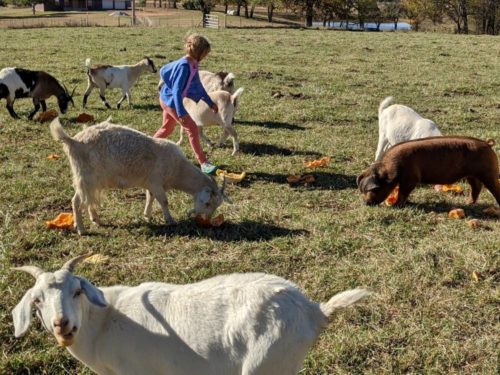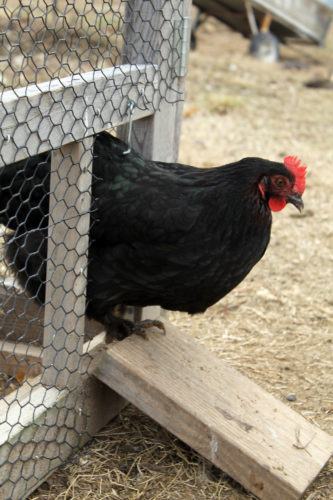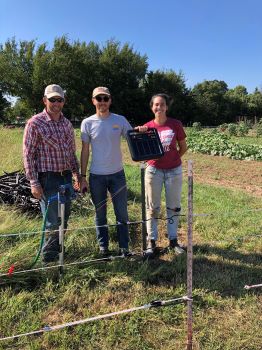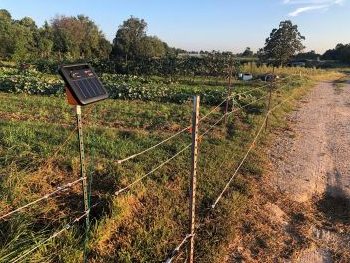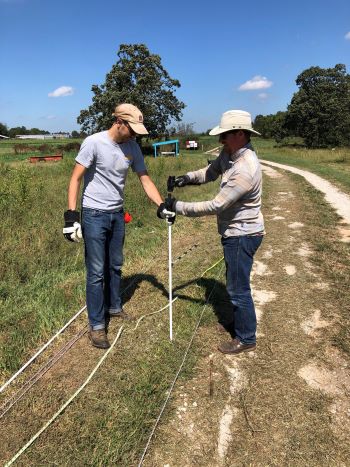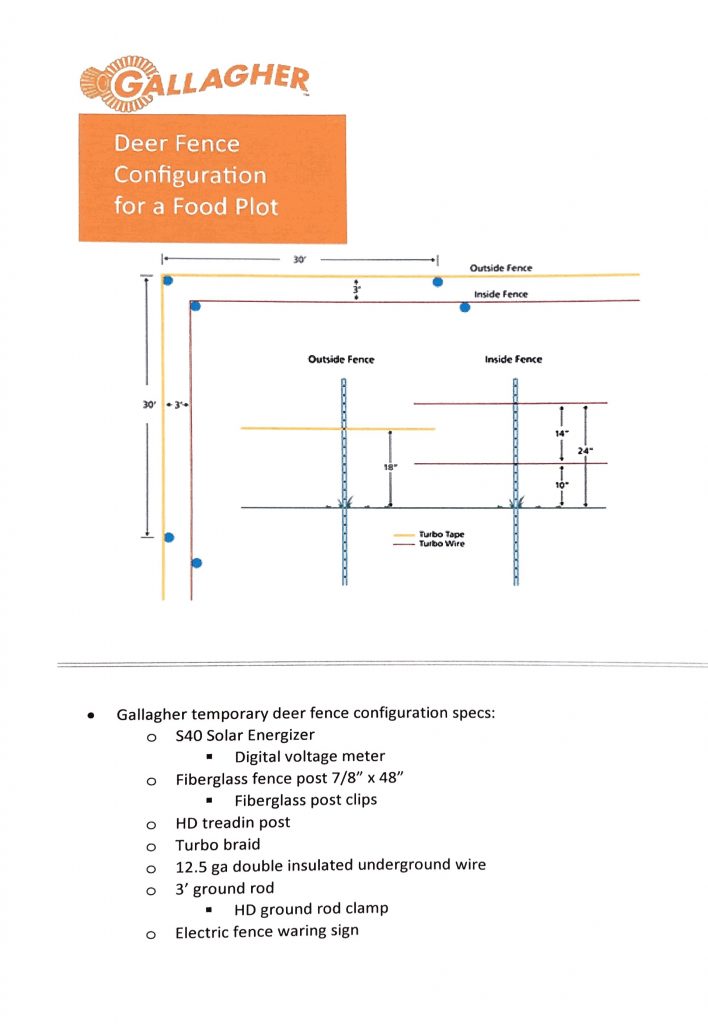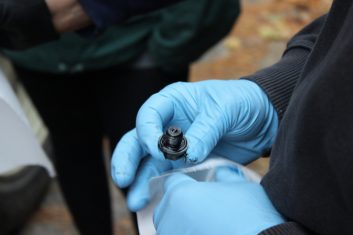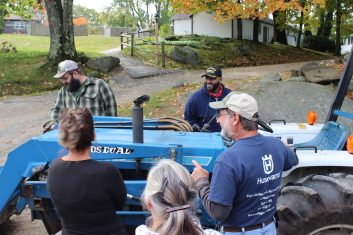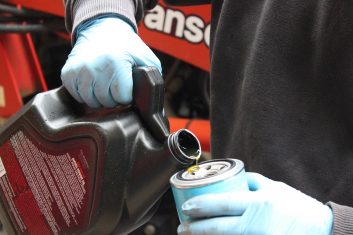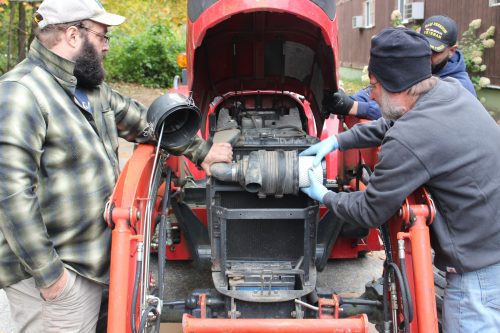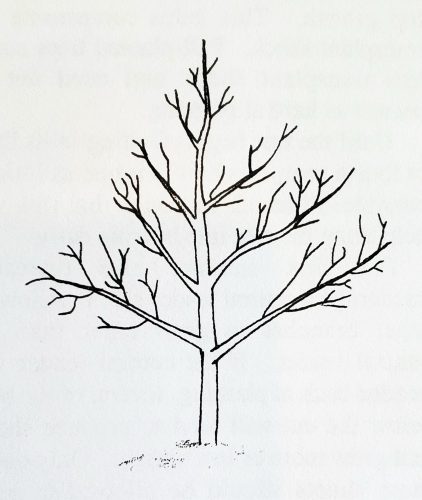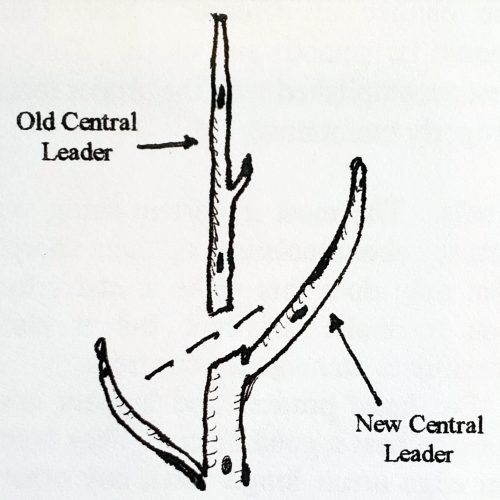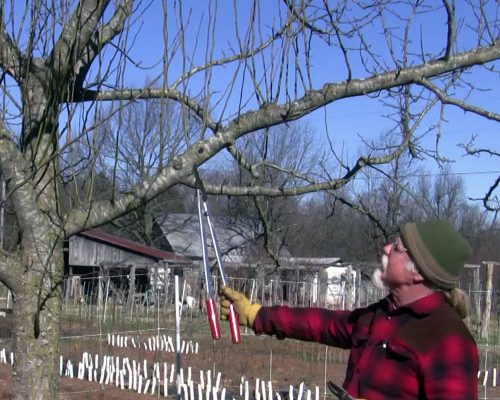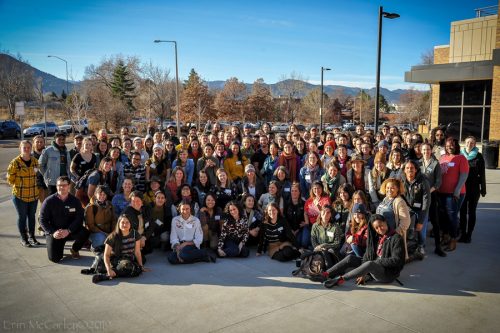As students from around the country fill their backpacks with pens and paper, some rural Mississippi students are sure to toss in a pair of work gloves for the school year. Since 2019, the National Center for Appropriate Technology (NCAT) and The Piney Woods School have partnered to educate the next generation of sustainable farmers, ranchers, soil scientists and food security advocates. They’re now telling the story of this unique partnership in a new video.
Thanks to a grant from USDA’s Natural Resources Conservation Service, NCAT and The Piney Woods School are educating students about gardening, sustainability, and regenerative grazing practices at the school’s 200-acre on-campus farm, sparking interest in agriculture-related career fields. Not only has the site been used to provide hands-on sustainable agriculture training for students, but it’s also hosted workshops for beginning and small farmers across the Gulf States region.
“It has been so rewarding to share with teens from urban and rural backgrounds the idea that farming can not only be a fulfilling career path, but it is also key to strengthening local food systems and economies,” says NCAT Gulf States Regional Director and fourth-generation farmer Rock Woods. “Our unique partnership with The Piney Woods School will have a lasting impact and I can’t wait to see how these students put their knowledge to work.”
The number of farms has been on the decline in Mississippi, and nationwide, while the demand for locally and sustainably produced products has grown. Students learn the fundamentals basic to sustainable farming like the importance of soil health and managed grazing, while they also learn how diverse specialty crops and marketing can make farms more profitable.
From humble beginnings on a fallen log beneath a cedar tree in 1909, The Piney Woods School has grown to resemble a small college encompassing 2,000 acres, including several lakes, a unique rock garden amphitheater, and its demonstration farm. This farm serves as the backdrop for an intensive, hands-on training program that has expanded to teach farmers and future farmers, urban food producers, and traditionally underserved farmers how to produce high-value, nutrient-rich food on small parcels of land. Even as the pandemic has presented a new challenge for schools and communities, students at Piney Woods have been able to safely continue hands-on, outdoor agriculture learning.
Student Ceasar Stewart says he once thought he’d like to be a lawyer, but after his hands-on farm education, he’s more interested in agriculture and health.
“By the time I’m a senior, I would like to see more people at the farm growing more plants and making this place more resilient to humans,” Stewart says in a film produced about the partnership.
“As a career, I definitely want to work with the UN or a nongovernment organization,” says student Isis Bandele-Asante, “I definitely want to help with sustainability, especially in less developed nations and help to rebuild the economy by rebuilding their agriculture industries. So, I want to help them rebuild that and create a better life for the people there.”
Over the course of this partnership, NCAT has provided training to 70 students and more than 200 regional farmers. Over the last year, NCAT’s sustainable agriculture educational resources were accessed more than 3 million times through its trusted digital knowledge base at ATTRA.NCAT.ORG.
- Watch the new video on YouTube here: https://www.youtube.com/watch?v=_FB5ikxi1qk
- Download the video for broadcast, here
THE NATIONAL CENTER FOR APPROPRIATE TECHNOLOGY has been helping people build resilient communities through local and sustainable solutions that reduce poverty, strengthen self-reliance, and protect natural resources since 1976. Headquartered in Butte, Montana, NCAT has six regional offices in Arkansas, California, New Hampshire, Mississippi, Montana and Texas. Learn more and become a friend of NCAT at NCAT.ORG
THE PINEY WOODS SCHOOL is a co-educational program serving 8th through 12th grades in an experiential learning environment. As the nation’s oldest African American boarding school, we are celebrating 112 years of continuous operations and excellence in education. The cultural significance of the school is recognized by the National Register of Historic Places. The 2,000-acre rural campus is located 20 miles south of Jackson, Mississippi. For more information, please visit: www.pineywoods.org

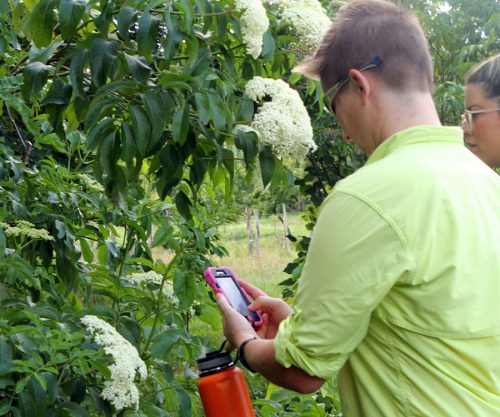 As witnessed by
As witnessed by 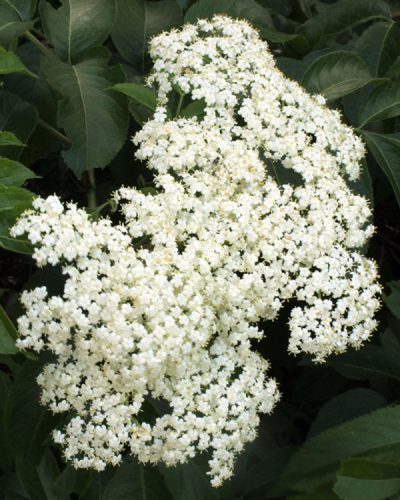 Since this publication is available in its entirety online at the link provided, and I doubt that I can improve on this information, I see little benefit to you or me in belaboring this topic. I will, however, share this short personal postscript: the fragrant aroma of a hedge of blooming elderberries is one of my favorite scents in the whole world. It never fails to remind me of my dear, sweet, perfumed and powdered grandmother Esther King.
Since this publication is available in its entirety online at the link provided, and I doubt that I can improve on this information, I see little benefit to you or me in belaboring this topic. I will, however, share this short personal postscript: the fragrant aroma of a hedge of blooming elderberries is one of my favorite scents in the whole world. It never fails to remind me of my dear, sweet, perfumed and powdered grandmother Esther King.